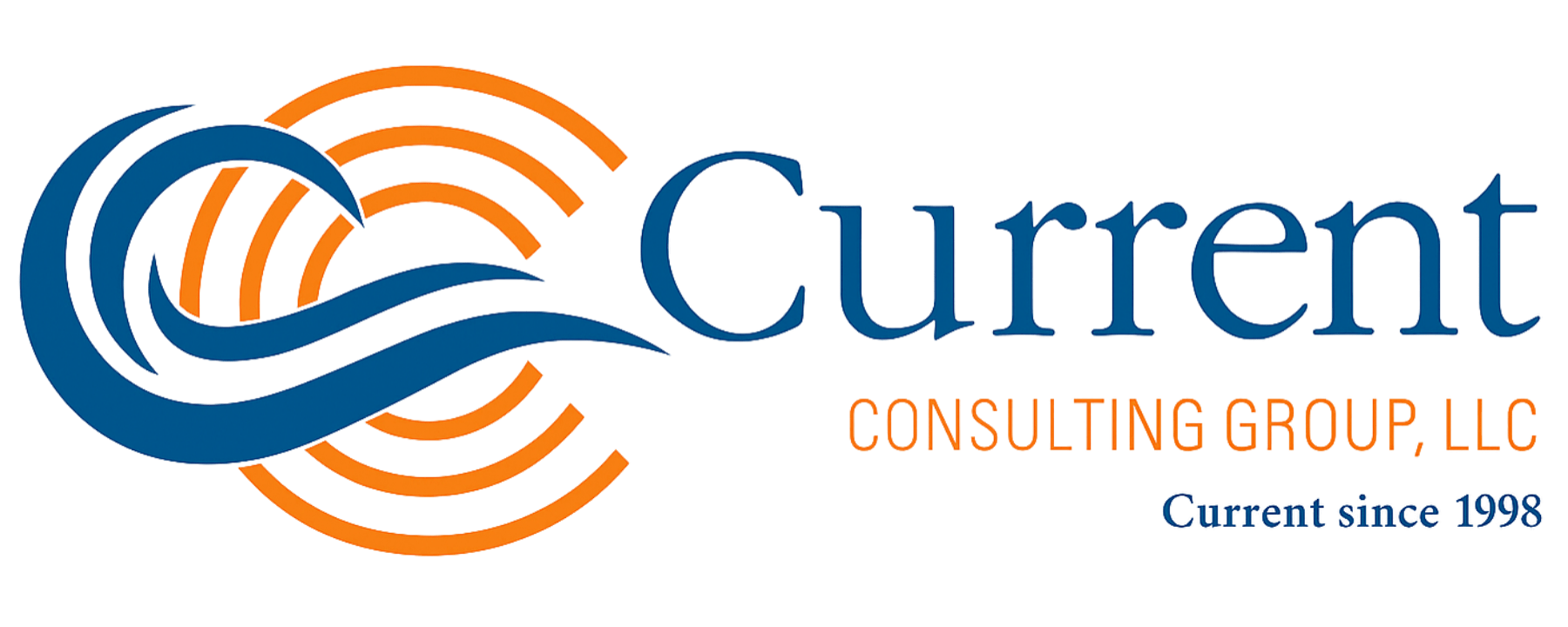As Drug Testing Programs and Options Evolve, So Should Your Risk Management Strategies
Substance abuse testing programs have evolved significantly since the late 1980’s when the federal workplace urine drug testing program was established. While this program became the basis for federal and the Department of Transportation testing (DOT), it also became the model to follow for non-regulated testing programs.
Expanded Testing Options for Employers
Today, drug testing options available to employers are much broader, particularly for non-regulated testing. These include:
- Laboratory-based and rapid / instant urine testing.
- Laboratory-based and rapid / instant oral fluid testing.
- Laboratory-based hair testing (rapid / instant hair testing option just coming onto the scene as well).
- Laboratory-based breath marijuana testing (early stages of being launched).
- Rapid / instant tests specifically designed for certain forms of marijuana/THC.
- Proctored oral fluid test options performed in a virtual / video remote environment.
- Tests designed to measure impairment.
- Fingerprint/sweat tests.
There are several key drivers for some of these expanded tests:
- Rapid or instant result tests offer employers the ability to hire on the spot or take immediate action for existing employees in cases of testing for cause or post incident, and these tests also offer a significant cost savings over laboratory-based tests overall.
- Oral fluid tests were developed to solve many challenges related to urine collections, such as the need to travel to off-site collection sites, the costs involved when using professional collectors, lost productivity related time away from work, and how easy it has become to beat or cheat a urine drug screen, which is not the case with oral fluid.More recently, an added bonus of oral fluid testing is its shorter window of detection, particularly for marijuana, because it allows employers to hire individuals who might otherwise screen positive for marijuana when using urine testing. Since oral fluid detects the psychoactive form of marijuana, it aligns with employers who must comply with changing state laws that essentially disallow the use of urine testing which detects the non-psychoactive form of the drug (metabolite) rather than the psychoactive form (parent drug).Because oral fluid tests are also being offered in proctored test formats where an individual can be tested anywhere, including their own home under direct virtual observation by a trained collector, it brings the collection directly to the location where it is needed 24/7 with no appointment needed. No other method offers that type of flexibility to get a test done quickly and accurately.
- Hair testing provides a much longer window of detection (months after substance use) which fits well when an employer’s priority is to look at lifestyle and longer-term usage patterns.
To further illustrate the evolution of drug testing methods today, at the 2024 conference of the National Drug and Alcohol Screening Association (NDASA) new oral fluid, hair, and other sample types were on full display, including test formats never before seen, such as rapid oral fluid tests that specifically test for only the psychoactive form of marijuana, a RAPID hair test, where only lab-based hair tests were available before, and a small held analyzer capable of testing an oral fluid sample for multiple drugs in just minutes.
Risks and ROI
At the Current Consulting Group we are beginning to hear clients question the ROI of their drug testing program and propose either dropping marijuana from their drug test panel or discontinuing drug testing altogether, which of course is a horrible idea. We have many ways to help with these types of analyses well beyond the scope of this short article but just keep these basic stats in mind:
- If your company has 1,000 employees, and
- 19.8% of your full-time workers are substance abusers, then…[1]
- You have about 200 current drug users on your payroll, and
- If each one is costing on average $8,800 per year, then…[2]
- Substance abuse is costing your company approximately $1.76 million dollars a year.
- Let’s also say you conduct 2,000 drug tests a year at an average cost of $40 (it could be more or less), then…
- You’re spending approximately $80,000 a year on drug tests.
Now, if your drug tests identify 100 substance abusing job applicants before they are hired, then you have saved $880,000 (100 x $8,800, the average annual cost of a substance abusing worker).
Further, if those 100 substance-abusing applicants had been hired and ended up causing, conservatively speaking:
- 40 workplace accidents, and…
- 20 of those accidents resulted in workers’ compensation claims at an average cost of $41,757 and [3]
- 5 involved medically consulted injuries (average cost $40,000 per injury), and [4]
- 1 resulted in a fatality (average cost $1.39 million per death), and on and on…[5]
Well, you get the picture. The ROI of drug testing always, without fail, works in the employer’s favor. An $80,000 investment in drug testing could end up saving a company hundreds of thousands of dollars or more. Even for the company that only saves an average of $8,800 for each drug user it does not hire because they were screened out through pre-employment testing, drug testing is worth its cost.
One More Thing
What about the potential costs of lawsuits brought by disgruntled applicants and employees who test positive for marijuana, don’t get hired or lose their job, and claim that they were discriminated against as legal marijuana users? You cannot be successfully sued if you comply with your state’s legal marijuana laws, so comply with the laws. Every state that has legalized marijuana still allows employers to prohibit workers from using marijuana while on the job, bringing marijuana into the workplace and, very importantly, being impaired by marijuana while working.
Summary
For companies faced with a more competitive labor market, escalating costs, and challenges managing risk, it is even more critical today to keep your substance abuse policy current and seek out and explore alternative screening options that provide a better, more efficient, compliant, and cost-effective program for your company. Consult with a professional if you are unsure how to go about this. There could be way more risk involved in not keeping your program up to date and no one wants that.
This information is provided for educational purposes only. Reader retains full responsibility for the use of the information contained herein.
© 2010-2024 The Current Consulting Group, LLC – No portion of this article may be reproduced, retransmitted, posted on a website, or used in any manner without the written consent of the Current Consulting Group, LLC. When permission is granted to reproduce this article in any way, full attribution to the author and copyright holder is required.
[1] “Key Substance Use and Mental Health Indicators in the United States: Results from the 2023 National Survey on Drug Use and Health.” The Substance Abuse and Mental Health Services Administration (SAMHSA), July 2024, https://www.samhsa.gov/data/sites/default/files/reports/rpt47095/National%20Report/National%20Report/2023-nsduh-annual-national.pdf.
[2] “New Analysis: Employers Can Save Average of $8,500 for Supporting Each Employee in Recovery from Substance Use Disorder.” NSC and NORC at the University of Chicago, December 2020, https://www.nsc.org/newsroom/new-analysis-employers-stand-to-save-an-average-of.
[3] “Workers’ Compensation Costs.” National Safety Council, accessed 23 Sept. 2024, https://injuryfacts.nsc.org/work/costs/workers-compensation-costs/.
[4] “Work Injury Costs and Time Lost.” National Safety Council, accessed 23 Sept. 2024, https://injuryfacts.nsc.org/work/costs/work-injury-costs/.
[5] Id.



